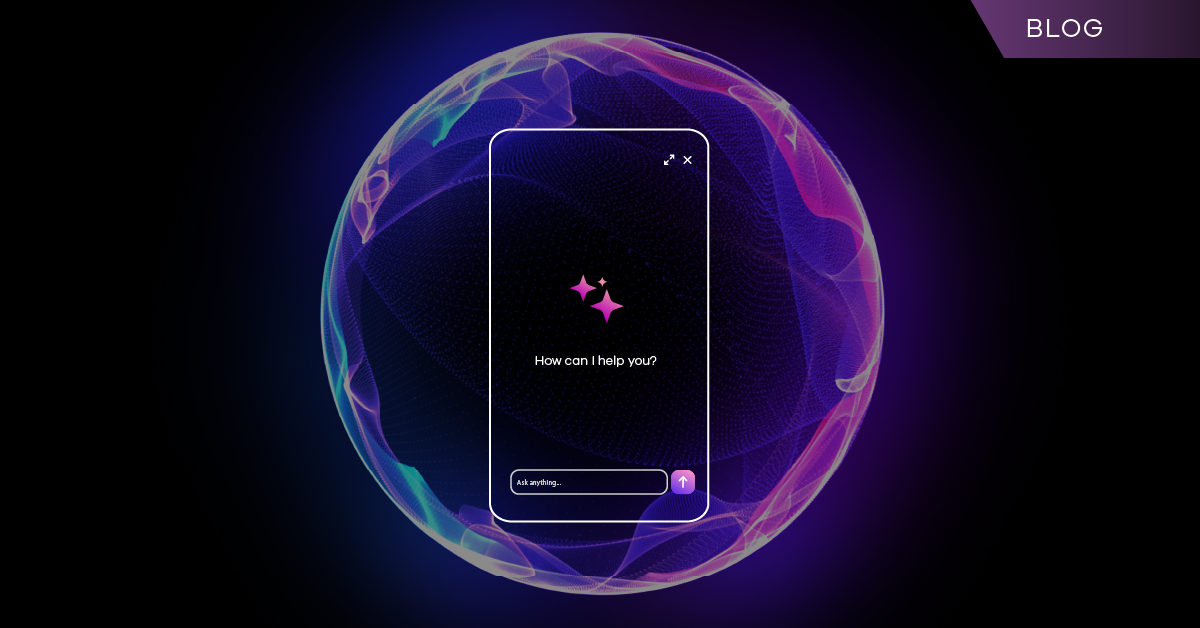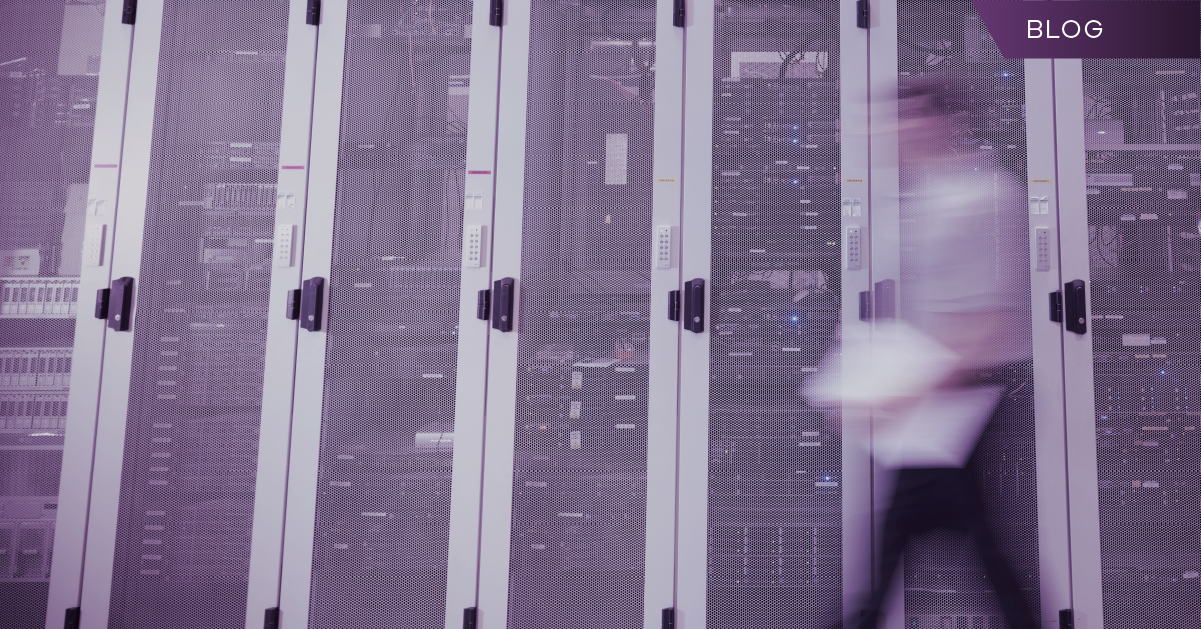Organizations invest heavily in security technologies and recovery capabilities – yet when a crisis hits, many still struggle to recover effectively. Why? Recent research points to a critical missing element: regular, thorough recovery testing.
According to the 2024 Cyber Recovery Readiness Report, a joint effort of Commvault and GigaOm, organizations that regularly test their recovery capabilities recover significantly faster from cyber incidents and show greater confidence in their resilience posture. Despite this clear advantage, many organizations still overlook this critical component of cyber resilience.
The Testing Gap in Cyber Resilience
The Cyber Recovery Readiness Report reveals a striking pattern: Organizations that test their recovery plans quarterly are significantly more resilient than those that test less frequently. The data shows that 70% of cyber-mature organizations test their recovery plans quarterly, compared to only 43% of less mature organizations.
This testing gap directly impacts recovery outcomes:
Despite these benefits, the report revealed that only 13% of organizations have implemented mature testing practices. This represents both a challenge and an opportunity for organizations looking to improve their resilience posture, as organizations with incident response teams and regular testing reduce breach costs by 58% compared to those without tested plans.
Why Recovery Testing Often Falls Short
Several common barriers prevent organizations from implementing effective recovery testing programs:
Resource Constraints
Many organizations cite resource limitations as the primary barrier to regular testing:
Complexity Challenges
Testing recovery capabilities is inherently complex:
Organizational Barriers
Organizational factors often impede testing initiatives:
Risk Concerns
Ironically, concern about testing risks can prevent testing:
Building a Practical, Sustainable Testing Program
Despite these challenges, organizations can implement effective testing programs without disrupting operations or breaking the budget. Here’s a framework for developing a practical testing approach:
1. Define Testing Objectives and Scope
Start by clearly defining what you’re trying to achieve with testing:
Types of Testing Objectives:
Scoping Considerations:
2. Design a Progressive Testing Methodology
Effective testing programs use a progressive approach that builds capabilities over time:
Level 1: Tabletop Exercises
Level 2: Technical Validation Testing
Level 3: Functional Recovery Testing
Level 4: Simulation Exercises
Organizations should start with lower-level testing and progressively advance to more complex scenarios as capabilities mature.
3. Implement Testing Without Dedicated Infrastructure
One of the biggest barriers to testing is infrastructure requirements. Modern approaches offer alternatives:
Cloud-Based Testing Environments
Cleanroom Recovery Technology
Hybrid Testing Approaches
4. Create Effective Testing Scenarios
The quality of testing scenarios directly impacts their effectiveness:
Realistic Attack Scenarios
Business Process Impacts
Recovery Complications
Documentation Testing
5. Establish Measurable Outcomes
Effective testing requires clear metrics to track progress:
Recovery Time Measurement
Recovery Quality Assessment
Process Effectiveness Metrics
Continuous Improvement Tracking
Real-World Testing Methodologies
Organizations with mature testing practices typically implement a combination of approaches:
Quarterly Testing Cadence
As the Cyber Readiness Report revealed, the most mature organizations test their recovery plans quarterly. A typical quarterly cycle includes:
Quarter 1: Tabletop Exercise
Quarter 2: Technical Validation
Quarter 3: Functional Recovery Test
Quarter 4: Comprehensive Simulation
This progressive approach builds capabilities throughout the year while managing resource requirements.
Recovery Testing to a Cleanroom
A particularly effective approach is recovery testing in a cleanroom, which provides:
With Commvault® Cloud Cleanroom™ Recovery, organizations can conduct frequent, comprehensive tests without significant production risk or dedicated infrastructure costs.
Read more about how to bolster your cyber resilience in ESG’s technical report on Cleanroom Recovery.
Implementation Roadmap
For organizations looking to enhance their testing programs, consider this phased approach:
Phase 1: Foundation (1–3 months)
Phase 2: Process Development (3–6 months)
Phase 3: Capability Building (6–12 months)
Phase 4: Optimization (12+ months)
Testing as a Competitive Advantage
In the face of increasing cyber threats, recovery testing has evolved from a compliance exercise to a strategic advantage. Organizations that implement robust testing programs demonstrate:
As cyber threats continue to evolve, recovery testing will likely become an even more critical differentiator between organizations that can maintain continuous business and those that suffer extended disruption. By implementing a progressive, sustainable testing program, organizations can significantly enhance their resilience posture without overwhelming resources.
Learn More
Watch our webinar “Cracking the Code: Recover 99% Faster from Cyber Attacks” to learn how you can improve your cyber recovery plan and minimize downtime.
And check out these other blogs in our series on cyber resilience and minimum viability:


